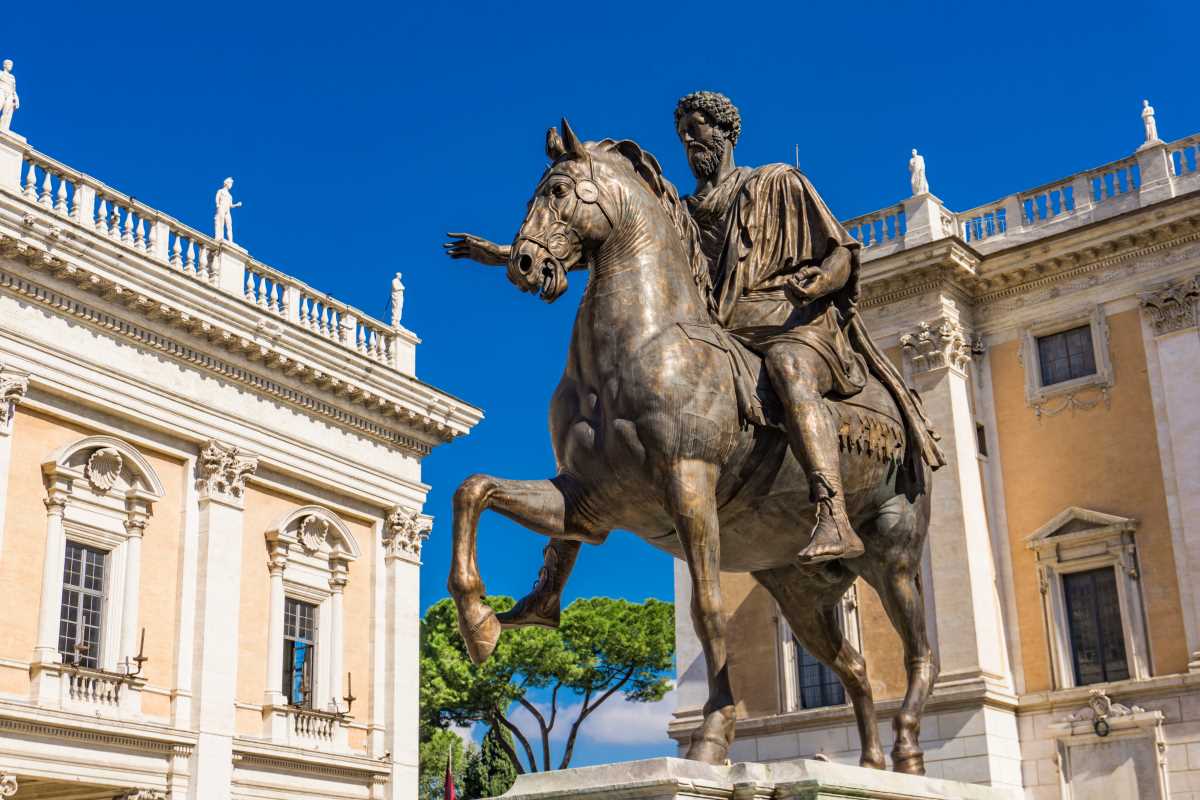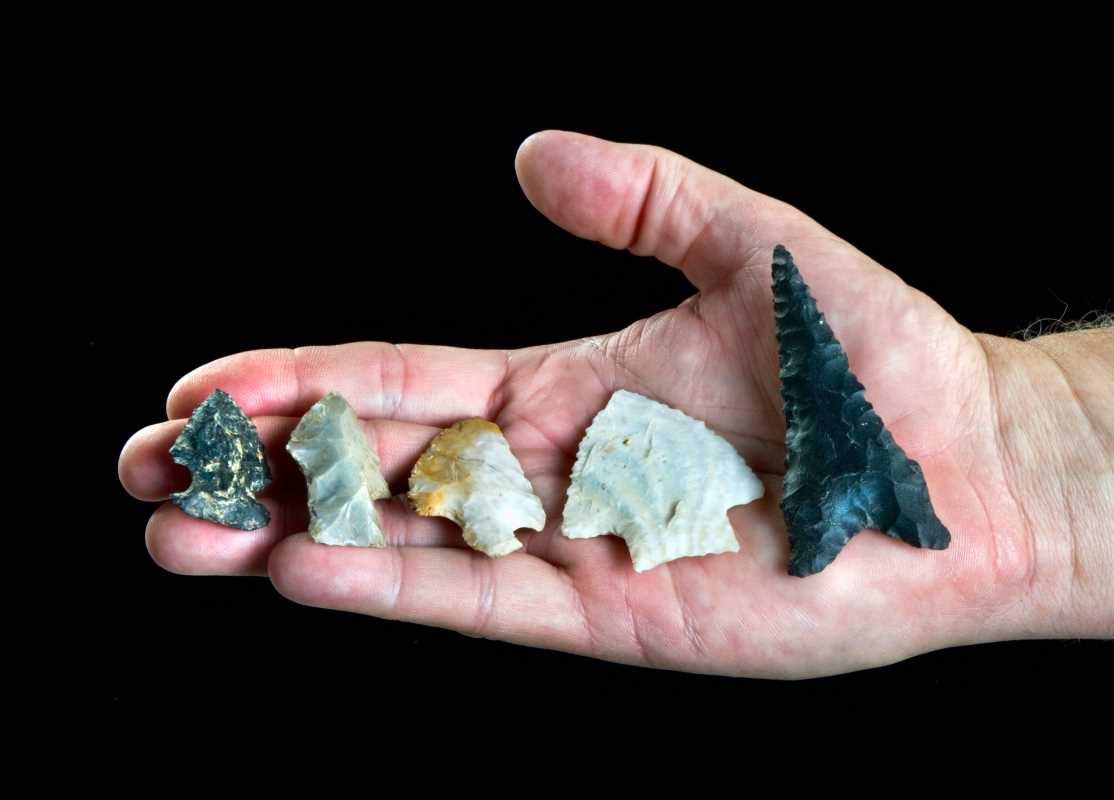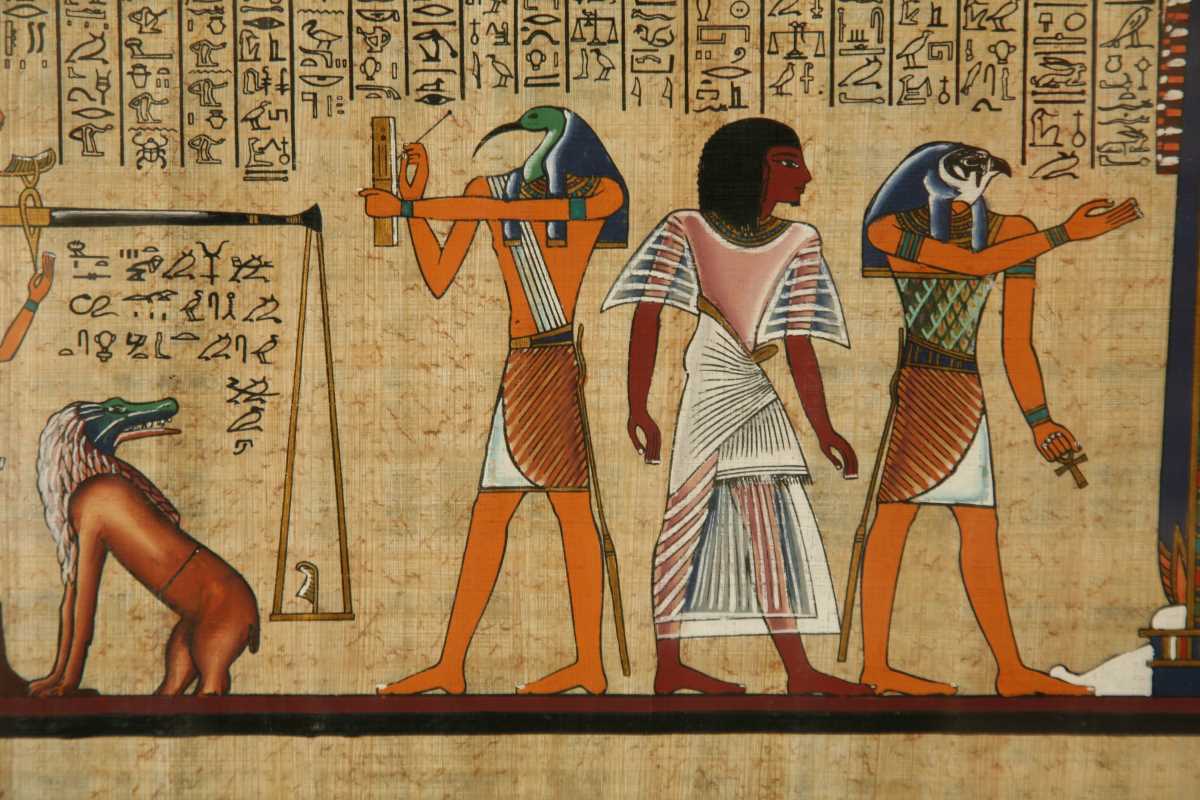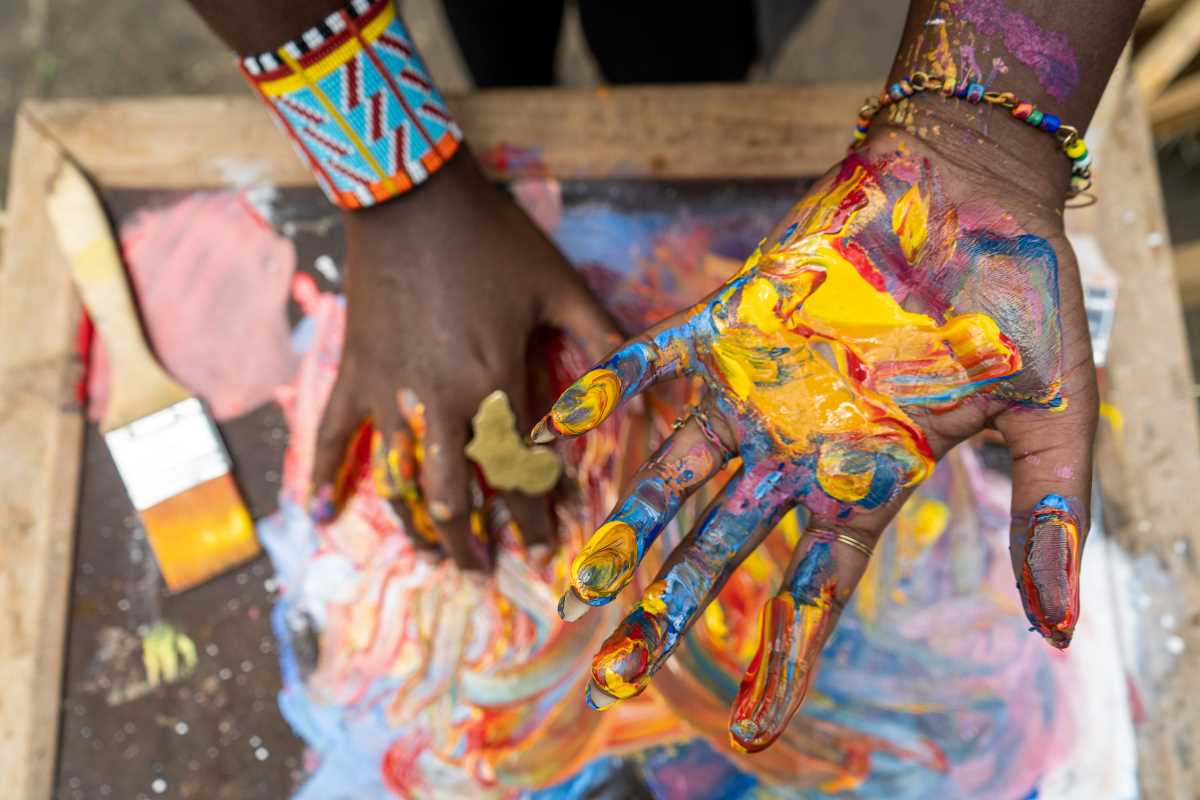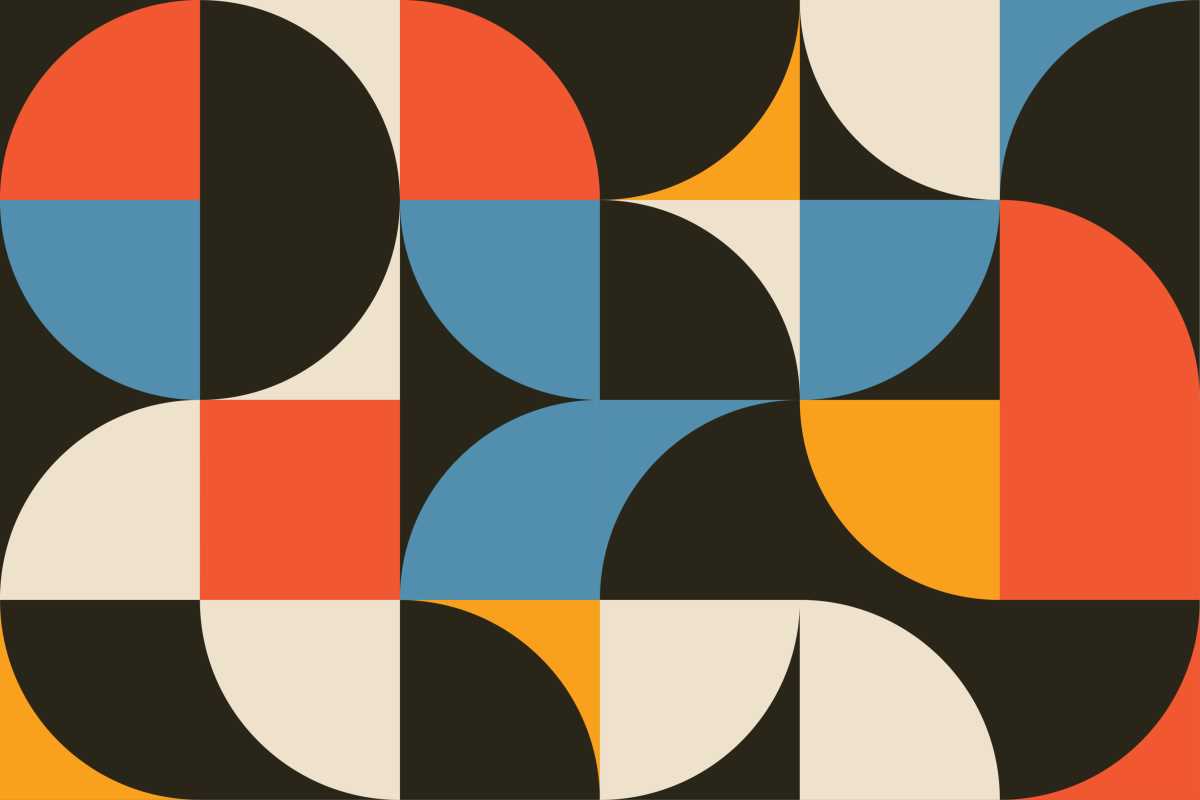Art has always been a reflection of society, capturing its beauty, struggles, and ideals. But what happens when art is used as a tool to influence beliefs, shape opinions, and even control the masses? This is where art and propaganda meet. The 20th century, a time of revolution, war, and political upheaval, saw a powerful blend of art and propaganda that left a lasting impact on cultures and nations.
From posters rallying citizens during wartime to films designed to promote ideologies, the visual and creative arts became weapons in their own right. Artists were not just painters or sculptors during this period; they were communicators, responsible for creating visuals that could sway public opinion or ignite emotional responses.
This article explores the intersection of art and propaganda in the 20th century, examining key moments, movements, and examples that shaped this phenomenon.
Understanding Propaganda
Before we get into where propaganda and art collided, it’s important to understand what propaganda means. Propaganda is information, often biased or misleading, that is used to promote or publicize a particular political cause or point of view. While the term tends to carry negative connotations, it simply refers to the deliberate spreading of ideas. Depending on the message or intent, propaganda can be used for both ethical and manipulative purposes.
Art, with its ability to trigger emotional reactions, became a powerful vehicle for propaganda during the 20th century. Governments, political movements, and even corporations used art to make their messages more persuasive and memorable. Whether displayed on a poster, in a film, or through architecture, propaganda often used dramatic and symbolic imagery to achieve its goals.
Art and Propaganda During World War I
World War I marked one of the first major instances where art was widely used for propaganda purposes. Nations turned to posters, postcards, films, and literature to inspire patriotism, recruit soldiers, and vilify enemies. Given the lack of mass media like television or social media at the time, these artistic forms became essential in shaping public opinion.
Posters as Tools of Persuasion
Posters were among the most common forms of wartime propaganda. They were cheap to produce, easy to distribute, and highly visual, allowing them to communicate messages quickly. A famous example is the British recruitment poster featuring Lord Kitchener pointing directly at the viewer with the words, “Your Country Needs YOU.” The simplicity and directness of this design captured attention and motivated many to enlist in the army.
On the other side of the conflict, German posters often used imagery of strength and duty, calling for citizens to support the war effort.
The Role of Artists
Many artists contributed their skills to war propaganda, both willingly and under duress. The vibrant colors, emotional imagery, and bold typography found in propaganda posters often reflected the artistic movements of the time, such as Art Nouveau or Futurism.
Propaganda in Totalitarian Regimes
The relationship between art and propaganda intensified during the rise of totalitarian regimes in the 20th century. Leaders like Adolf Hitler in Nazi Germany, Joseph Stalin in the Soviet Union, and Benito Mussolini in Fascist Italy understood the power of art in shaping societal beliefs and maintaining control.
Nazi Germany
Under Adolf Hitler, art was strictly controlled and turned into a tool of Nazi propaganda. The regime promoted "Aryan" culture through approved styles of painting, sculpture, and architecture, rejecting anything it deemed “degenerate,” including modern art movements like Cubism and Surrealism.
Nazi propaganda often portrayed strong, idealized figures representing the German people, as well as sinister depictions of perceived enemies. Filmmaker Leni Riefenstahl created the infamous propaganda movie Triumph of the Will, which glorified the Nazi party and presented Hitler as a heroic figure.
Soviet Union
Meanwhile, in the Soviet Union, Socialist Realism became the official art style. It depicted optimistic scenes of workers, farmers, and soldiers contributing to the success of communism. These idealized images served to promote loyalty to the Communist Party and glorify leaders like Stalin.
Soviet propaganda posters were often bold and colorful, combining simple text with striking imagery. Slogans like “Workers of the world, unite!” were paired with visuals of industrial progress and collective achievement.
Art in Democracies
While totalitarian regimes are often most associated with propaganda, democratic nations also used art for political messaging during this time. However, the tone and content varied. Democracies leaned more toward persuasion rather than control.
The United States and the New Deal
During the Great Depression, the U.S. government used art as a way to boost morale and promote recovery under President Franklin D. Roosevelt’s New Deal. Programs like the Works Progress Administration (WPA) employed artists to create posters and murals that celebrated American resilience and encouraged civic pride. This type of propaganda had a positive spin, aiming to unite and uplift rather than manipulate.
World War II Efforts
During World War II, democratic nations like the United States and Britain ramped up their use of art in propaganda. Posters urging citizens to buy war bonds or conserve resources became everyday sights. Prominent American artists like Norman Rockwell contributed to the war effort with works that emphasized freedom and unity. Rockwell’s Four Freedoms paintings, based on President Roosevelt’s famous speech, were widely circulated and helped inspire a sense of purpose and solidarity.
The Cold War Era
Following World War II, the Cold War between the United States and the Soviet Union sparked an ideological battle that extended into the arts. Both superpowers used cultural outreach as a form of propaganda, aiming to promote their values and gain influence around the world.
Abstract Expressionism as Propaganda
Interestingly, the U.S. government covertly supported modern art during this period, particularly Abstract Expressionism. Artists like Jackson Pollock and Mark Rothko became symbols of American freedom and creativity, contrasting with the rigid, state-approved art of the Soviet Union. While these artists were not directly creating propaganda, their work was promoted as an example of the individualism and innovation possible in a capitalist democracy.
Soviet Cultural Promotion
The Soviets, meanwhile, continued to favor traditional representational art and heavily promoted Socialist Realism. They showcased these works along with classical music, ballet, and folk traditions as evidence of their cultural superiority.
Revolutionary Art in the 20th Century
Beyond governments, revolutionary movements also used art for propaganda. From the Mexican Revolution to the civil rights struggles in the United States, art became a crucible for activism and calls for social change.
Mexican Muralists
Artists like Diego Rivera and David Alfaro Siqueiros used murals to tell the stories of Mexico’s working class and indigenous people. These massive public works blended art and propaganda, giving a voice to marginalized communities and advocating for social reform.
Civil Rights Movement
In the United States, the civil rights movement of the 1960s used powerful visuals to challenge racism and segregation. Photographs, posters, and even music became tools for spreading messages of equality and justice. One famous example is the “I Am a Man” sign held by sanitation workers during a 1968 strike in Memphis, Tennessee.
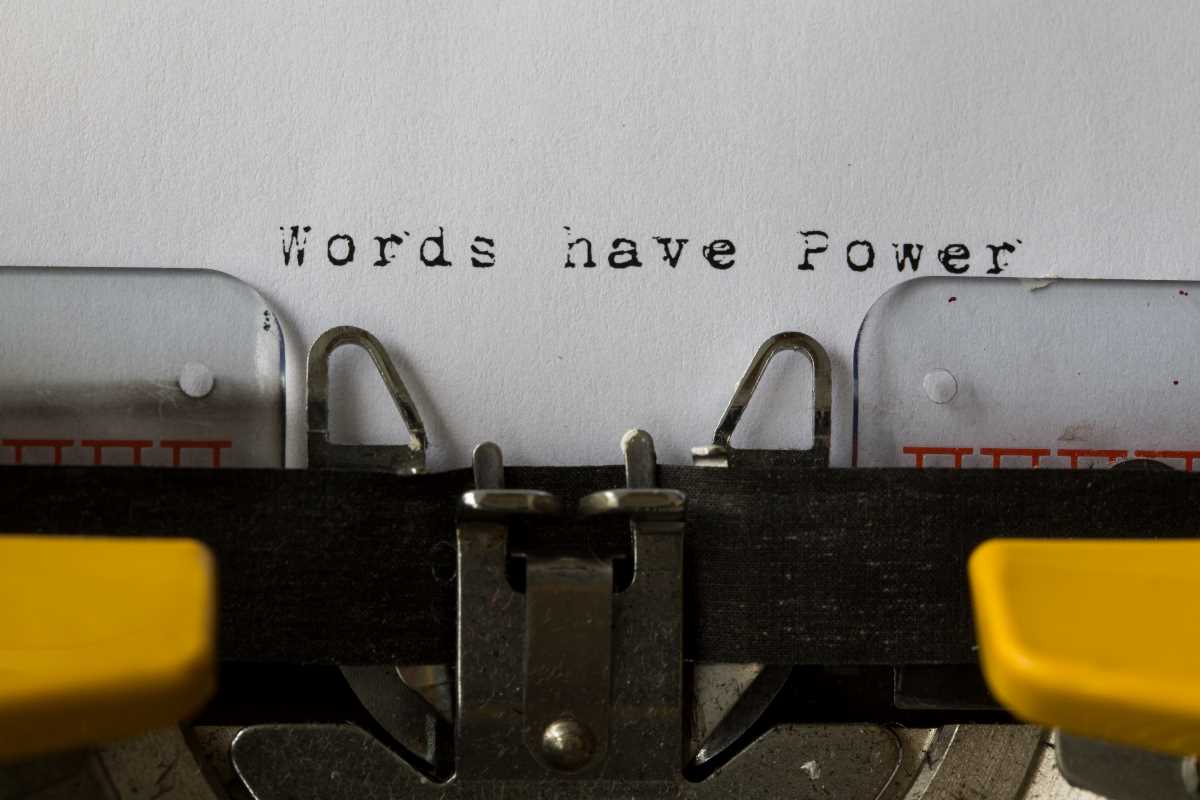 (Image via
(Image via
